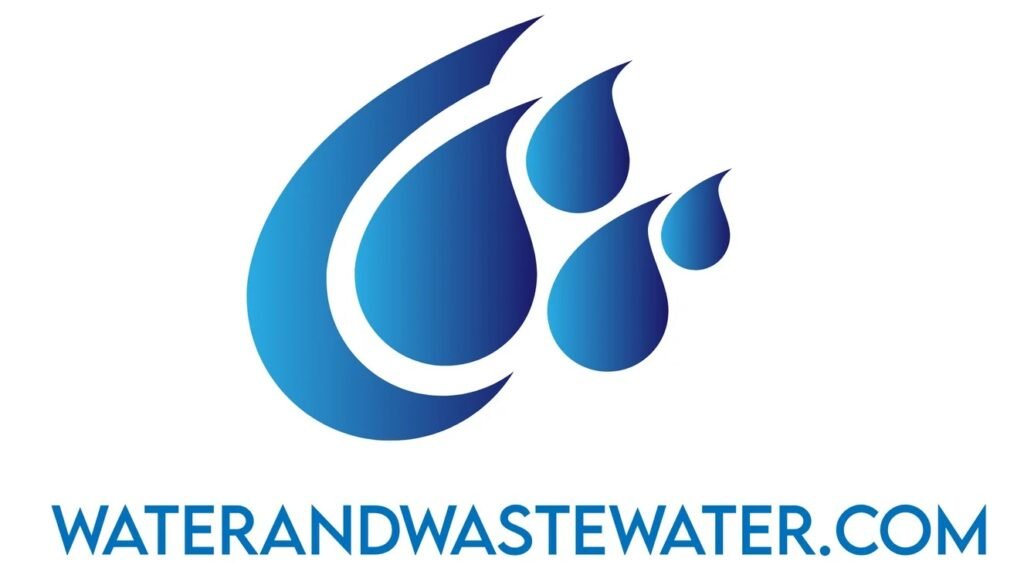Tag: Sludge management
Introduction to Lime Softening Lime softening is a water treatment process that has been widely used for over a century. The primary objective of lime softening is to remove hardness from water by precipitating calcium and magnesium ions, which are the primary contributors to water hardness. This process not only softens water but can […]
Anaerobic digestion is a powerful method for treating wastewater. This process uses microbes to break down organic matter without oxygen. It turns waste into useful products like biogas and fertilizer. Anaerobic digestion can transform wastewater into renewable energy and reduce greenhouse gas emissions. The process happens in sealed tanks called digesters. These tanks keep oxygen […]
Wastewater purification systems play a crucial role in protecting our environment and public health. These systems clean water that has been used in homes, businesses, and industries before it’s released back into nature. Modern wastewater treatment plants use a mix of physical, chemical, and biological processes to remove harmful substances and make water safe for […]
Understanding Lagoon Systems in Wastewater Treatment Lagoon systems are effective natural methods for treating wastewater. They use biological processes to clean water and are common in rural areas. These systems can handle varying amounts of waste and adapt to different environmental conditions. Types of Lagoon Systems Lagoon systems come in different forms. Anaerobic lagoons work […]
Wastewater treatment tanks play a crucial role in protecting our environment and public health. These large containers are where the magic of cleaning dirty water happens. They come in different shapes and sizes, but all serve the same purpose: to remove harmful substances from water before it’s released back into nature. Wastewater treatment tanks use […]
Wastewater treatment plants play a vital role in protecting our environment and public health. A key step in this process is coagulation, which helps remove contaminants from water. Optimizing coagulation processes can significantly improve the overall efficiency and effectiveness of wastewater treatment. Proper coagulation helps remove suspended particles, organic matter, and even some heavy metals […]
Gravity thickening is a crucial process in wastewater treatment. It helps reduce the volume of sludge by removing excess water. This method relies on gravity to separate solids from liquids, making it a simple yet effective technique. Gravity thickeners can concentrate sludge to 8-10% total solids, significantly reducing the volume that needs further processing. This […]
Sludge control is an important part of managing wastewater treatment systems efficiently. It involves managing the solid byproducts of sewage and industrial processes to reduce environmental impact and improve system operations. Effective sludge control not only minimizes waste but also enhances the efficiency of treatment processes. Managing sludge involves various methods such as air drying, centrifugation, […]
In the world of wastewater treatment, settling tanks play a crucial role. These structures are designed to remove solids from wastewater, allowing for cleaner effluent to be released back into the environment. This process is essential for maintaining water quality and protecting ecosystems. Settling tanks use gravity to separate solid particles from liquid, making them a […]
Sequencing Batch Reactor Wastewater Treatment: A Comprehensive Overview Wastewater Treatment is a critical component in maintaining environmental health and promoting sustainable water use. Among myriad treatment techniques, the Sequencing Batch Reactor (SBR) process stands out due to its versatility and efficiency. This article delves into the specifics of SBR technology, its operational dynamics, advantages, […]
